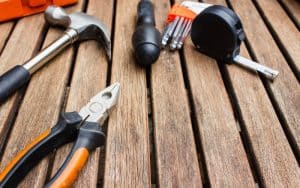Avoiding Renovation Mistakes: Insights from Handyman Experts
Renovating your home can be an exciting journey, but it's not without its challenges. From budgeting issues to design dilemmas, renovation projects can quickly turn into nightmares if not approached…





